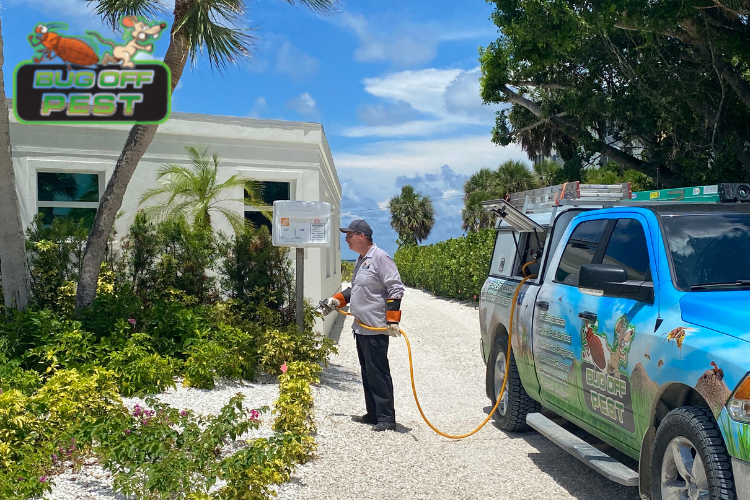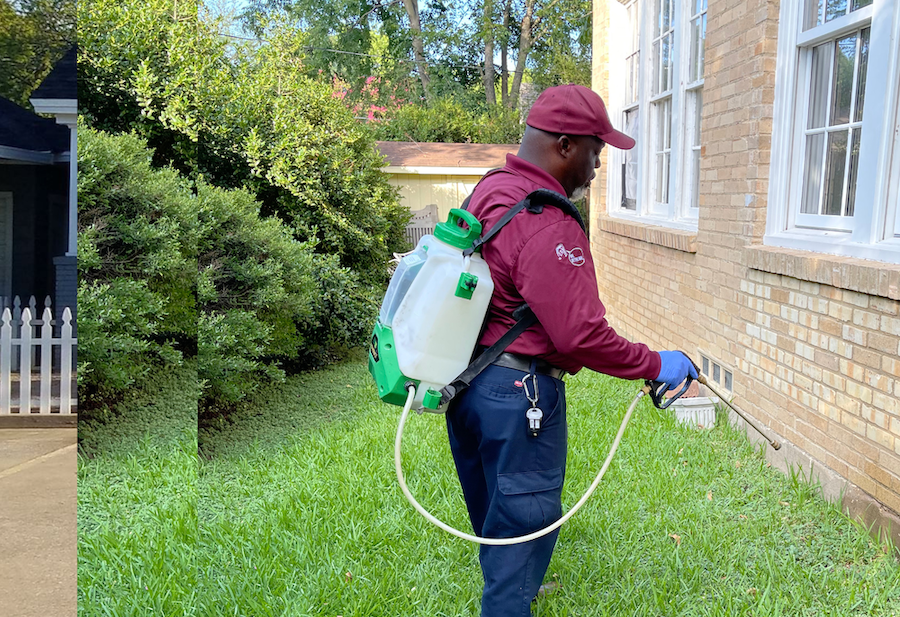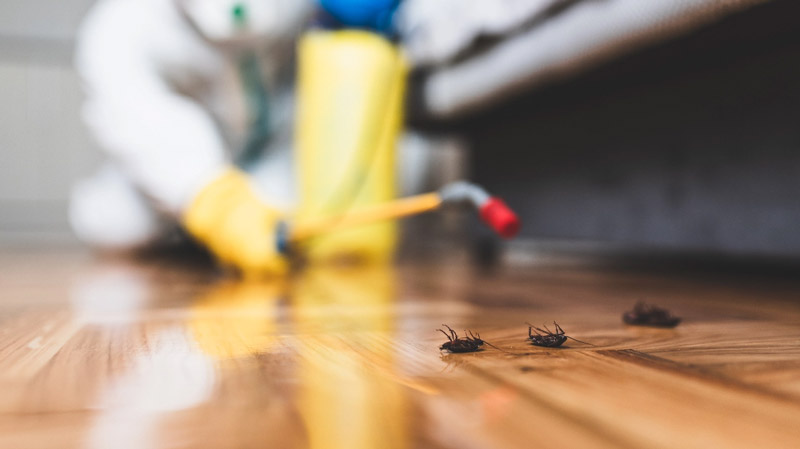Prevent infestations with expert Pest Control in Port Charlotte solutions.
Checking Out Cutting-edge Techniques and Products for Efficient Insect Control
The landscape of insect control is progressing, noted by the appearance of ingenious strategies and products developed to enhance performance and sustainability. From clever traps geared up with advanced tracking systems to organic methods that use natural killers, these developments present a standard shift in exactly how we approach pest management.
Smart Traps and Keeping An Eye On Equipments
How can modern technology boost insect administration? One considerable innovation is the development of smart traps and keeping track of systems, which offer real-time data and analytics for effective bug control. These systems make use of sensors and wireless innovation to find bug activity, informing home supervisors and pest control experts to invasions before they escalate.
Smart catches are equipped with attributes such as bait stations that attract insects and catch them efficiently. These catches can be monitored remotely, enabling timely treatments and reducing the need for extensive chemical applications. Moreover, the assimilation of artificial intelligence algorithms enables these systems to separate between target parasites and non-target varieties, boosting the accuracy of pest control actions.
In addition, the information gathered from wise traps can be analyzed to identify patterns in pest actions and ecological variables adding to problems (Pest Control in Port Charlotte). This info is vital for establishing targeted parasite monitoring methods customized to particular environments. By welcoming clever catches and monitoring systems, pest control professionals can boost their functional efficiency and decrease the environmental impact of insect monitoring, inevitably leading to more secure and much more sustainable practices in the industry
Biological Parasite Control Methods
Making use of natural predators and parasites, biological parasite control techniques offer an eco-friendly choice to chemical treatments. This technique involves the intro or enhancement of specific organisms that can normally control parasite populations, consequently decreasing dependence on artificial pesticides. Usual instances include making use of ladybugs to manage aphid problems and parasitic wasps to target caterpillars.

Biological control can be classified into three main methods: timeless, augmentative, and conservation. Classical organic control entails importing all-natural adversaries from the parasite's indigenous habitat, while augmentative control entails enhancing the populace of existing natural enemies via launches. Preservation approaches concentrate on producing problems that support these advantageous microorganisms in the ecological community.
The performance of biological bug control hinges on comprehending the complex communications within communities. It usually needs a comprehensive evaluation of parasite characteristics and the life process of both the bugs and their all-natural opponents. While organic techniques might not offer prompt outcomes like chemical alternatives, they add to long-term insect monitoring and community health. As understanding of ecological issues grows, biological insect control methods are increasingly identified for their sustainable function in integrated pest administration programs.
Eco-Friendly Chemical Alternatives
Eco-friendly chemical alternatives supply a feasible remedy for parasite administration that minimizes environmental impact while effectively controlling parasite populations. These alternatives are stemmed from all-natural sources and are carefully formulated to target particular pests without hurting beneficial organisms, making them a vital part of sustainable parasite control approaches.
Amongst one of the most efficient eco-friendly choices are plant-based pesticides, such as neem oil and pyrethrin, which are stemmed from the seeds and blossoms you can try this out of various plants. These materials interrupt the life process of pests, minimizing their populaces without the hazardous effects connected with traditional chemicals - Pest Control in Port Charlotte. Additionally, vital oils like pepper mint and clove oil display repellent properties, additionally enhancing their utility in insect monitoring

In addition, environmentally friendly chemical choices commonly break down faster in the atmosphere, minimizing the go to website threat of soil and water contamination. This characteristic aligns with the boosting customer need for lasting techniques in farming and urban bug control. As research study remains to breakthrough, the growth of innovative green formulations will further improve effectiveness and widen application locations, making it possible for pest administration professionals to adopt greener, a lot more accountable techniques in their methods while protecting human health and the environment.
Scent Disturbance Methods
Another ingenious strategy in sustainable insect administration is making use of pheromone disturbance methods. These approaches exploit the natural chemical signals, or scents, that pests use for interaction, especially in mating habits. By interrupting these signals, bug populaces can be effectively taken care of without resorting to unsafe chemicals.
Scent traps are generally used in this approach. Over time, this can lead to a substantial decline in insect populaces.

Integrated Insect Monitoring Approaches
Effective bug control usually calls for a thorough method, and Integrated Insect Monitoring (IPM) methods give a structure for achieving this objective. IPM incorporates numerous monitoring techniques to reduce pest populations while decreasing dependence on chemical pesticides. This diverse technique begins with Read More Here extensive tracking and identification of bugs, enabling targeted interventions based on specific pest stress.
Cultural practices, such as plant turning and hygiene, play an essential duty in stopping bug facility. Biological controls, including natural killers and parasitoids, are used to preserve pest populations at workable degrees. When essential, selective chemical therapies are used, highlighting reduced toxicity to non-target species and the environment.
In addition, education and learning and outreach are indispensable components of IPM, advertising understanding among stakeholders about sustainable techniques and pest life cycles. The versatility of IPM allows specialists to respond efficiently to transforming parasite dynamics and ecological conditions. By employing this holistic technique, IPM not only boosts insect control performance however additionally adds to long-term environmental equilibrium. Ultimately, Integrated Parasite Monitoring stands for a forward-thinking option that lines up agricultural efficiency with environmental stewardship, making it crucial in modern pest control strategies.

Verdict
To conclude, the combination of innovative techniques and items for effective bug control represents a considerable development in lasting bug monitoring. Smart traps and monitoring systems, organic insect control techniques, eco-friendly chemical alternatives, and pheromone disruption techniques collectively improve the efficiency of bug management methods. By adopting these strategies, the reliance on conventional pesticides can be decreased, promoting ecological health while ensuring efficient bug control. Proceeded study and advancement in these areas will certainly additionally improve pest management practices.